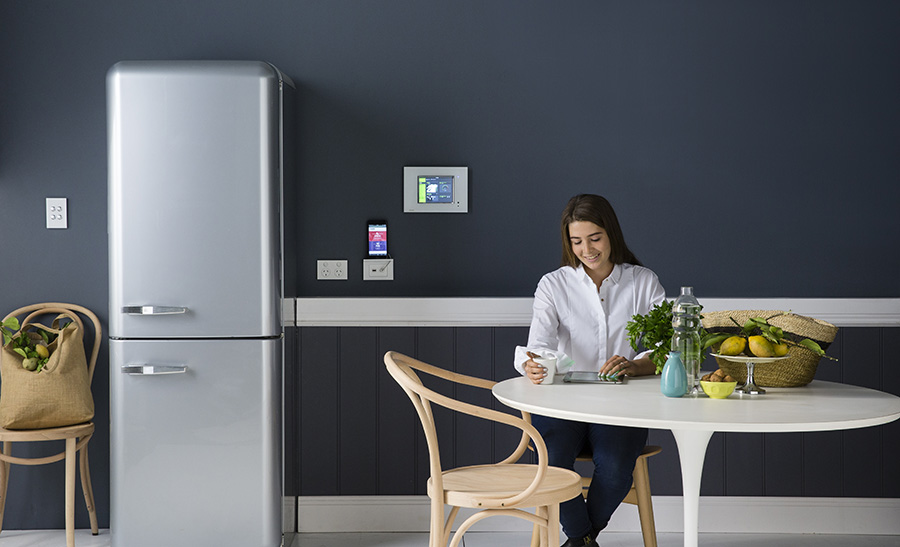From the ability to switch TV channels and adjust the lighting without lifting a finger, to unlocking your front door from the office, smart home technology has grown by leaps and bounds.
Indeed, a report by Transparency Market Research (TMR) concluded that the global smart home market will grow at a compound annual growth rate (CAGR) of 14.6% to reach $96.61 billion by 2025.
The Rise of the Smart Home
Consumers are attracted not just by the convenience that smart appliances offer, but by an improved quality of life as advanced Internet of Things (IoT) devices with the ability to communicate and work with each other enter the market. This offers benefits such as using a smartphone to review the feed from home security cameras, to having the living room lighting automatically dim when starting a movie on the big screen.
Home appliances makers are certainly hopping onto the bandwagon by moving quickly to incorporate greater intelligence into household appliances that traditionally operated in silos. Manufacturers are also making new devices that meld multiple capabilities, with analysts at IHS Markit predicting more all-in-one devices that combine smart speakers, cameras, hubs, lighting, and Wi-Fi.

Rapid Growth Ahead
In Asia, the adoption of smart gadgets such as Amazon Echo and Google Home may have trailed behind places such as the United States. However, there is a growing awareness of such devices and a desire for the convenience that they offer.
On this front, increased connectivity and the rise of Wi-Fi in homes are likely to serve as important drivers for growth, while lower component costs for wireless chips and microprocessors used in smart devices are instrumental in lowering their cost – and raising their popularity.
According to Pankaj Sharma, senior VP at Home & Business Networks at Schneider Electric, we will continue to see a steady stream of smart refrigerators, microwaves, toasters – and that we will one day look back and wonder how we ever did without them. This ranges from video-enabled doorbells, smart speakers to smart household appliances such as refrigerators, microwaves and toasters – among others.

Protecting Your Smart Home Investment
One crucial consideration that doesn’t get as much attention would undoubtedly be the need to protect these new connected devices. Transient or intermittent power surges can damage these sensitive equipment installed in your smart home; they can damage major appliances, too.
This can happen regardless of where you live, since power surges can originate from various sources: from disruptive utility work performed outside the home, to ageing utility infrastructure, to the regular cycling of refrigerators and air conditioners. Surges from power plants or lightning strikes can also transverse the power grid and enter your home when you least expect it.
Protecting your smart home investment is easy: Use a surge protector to ensure that only clean, safe power is delivered to connected devices. For some appliances such as your security cameras, an uninterruptible power supply (UPS) can offer battery backup power for peace of mind even in the event of a blackout.
As you design your smart home, don’t forget about the need to protect your smart gadgets. APC by Schneider Electric makes a variety of solutions that safeguard your equipment and keep your smart room humming. You can learn more about them here.












